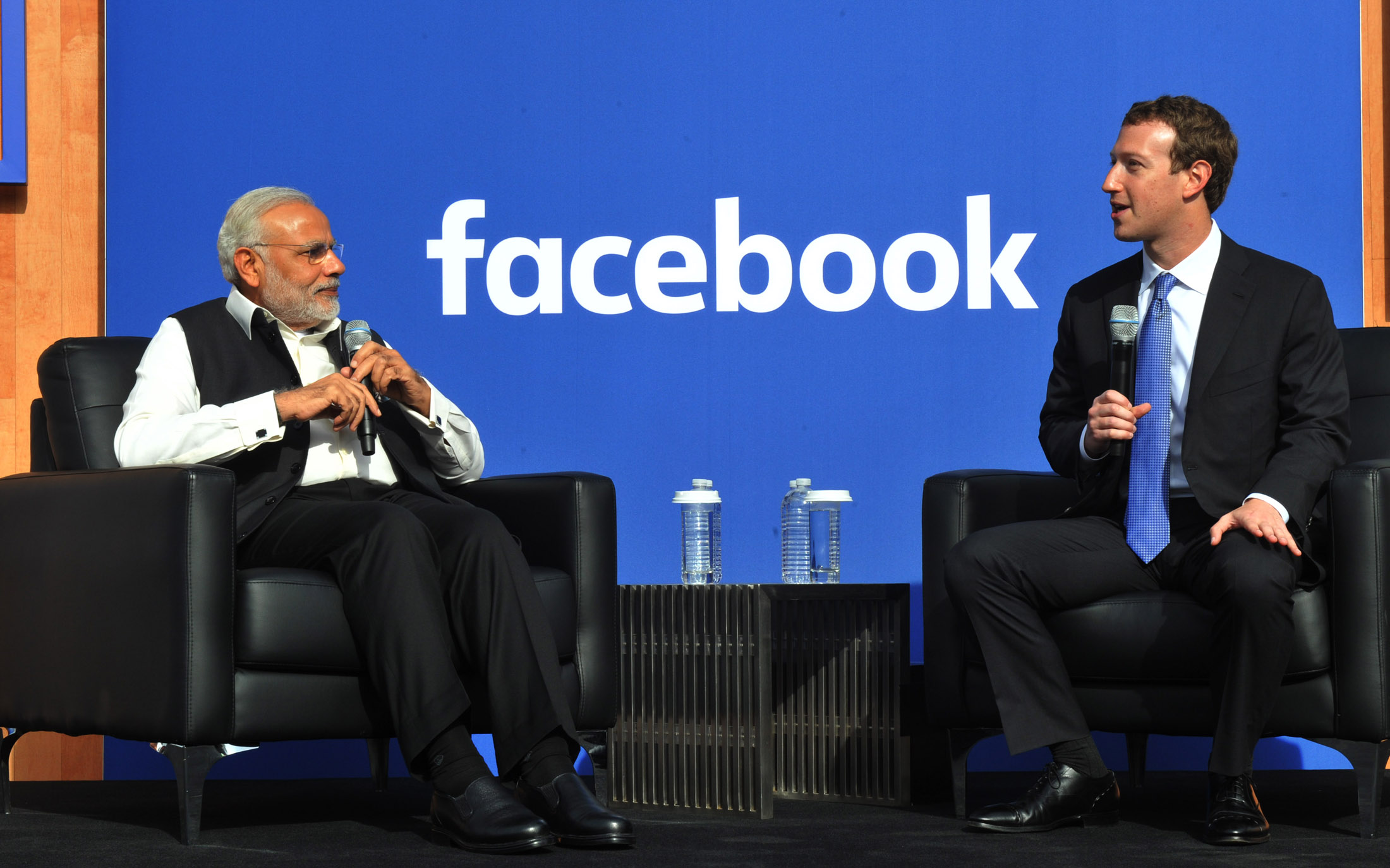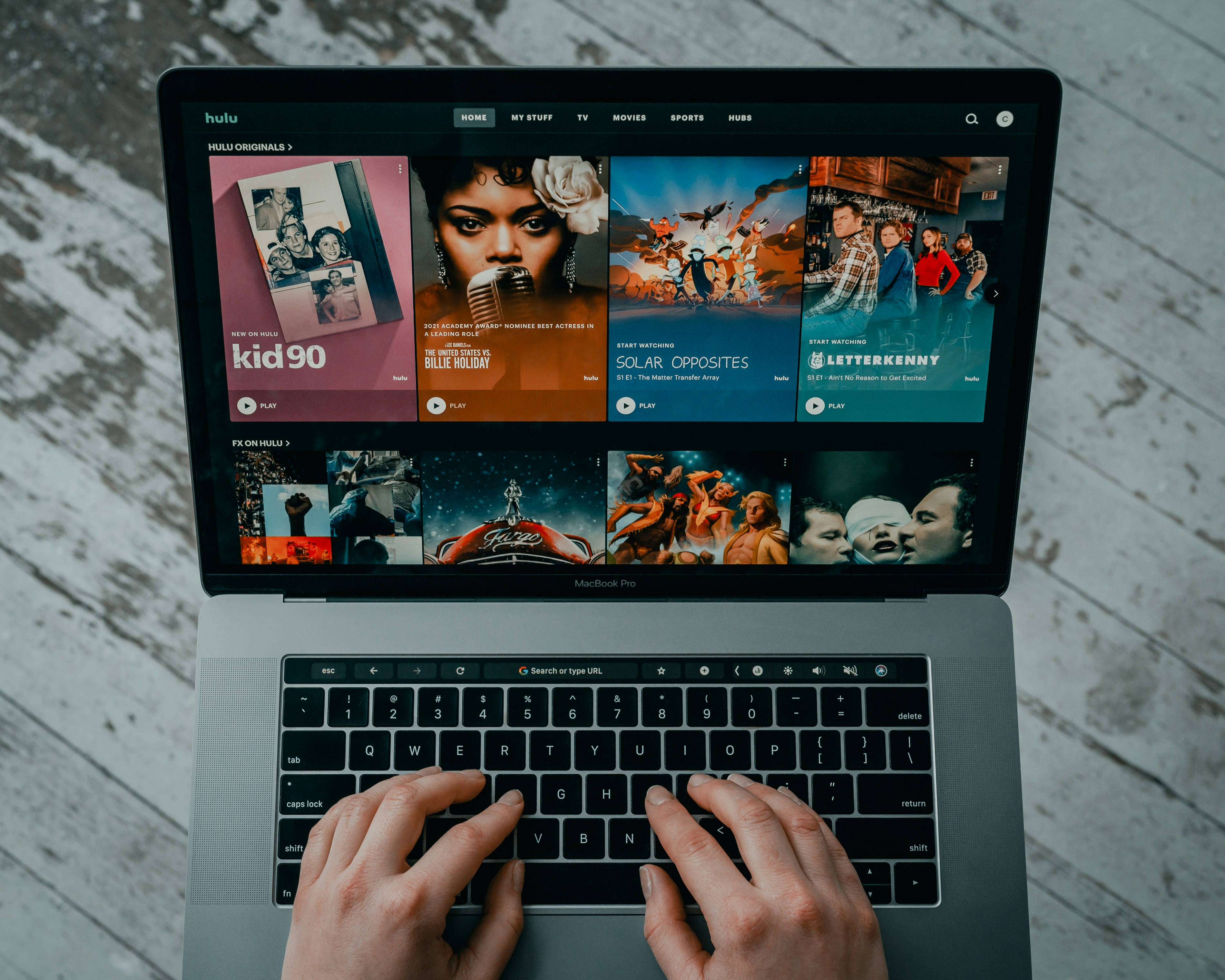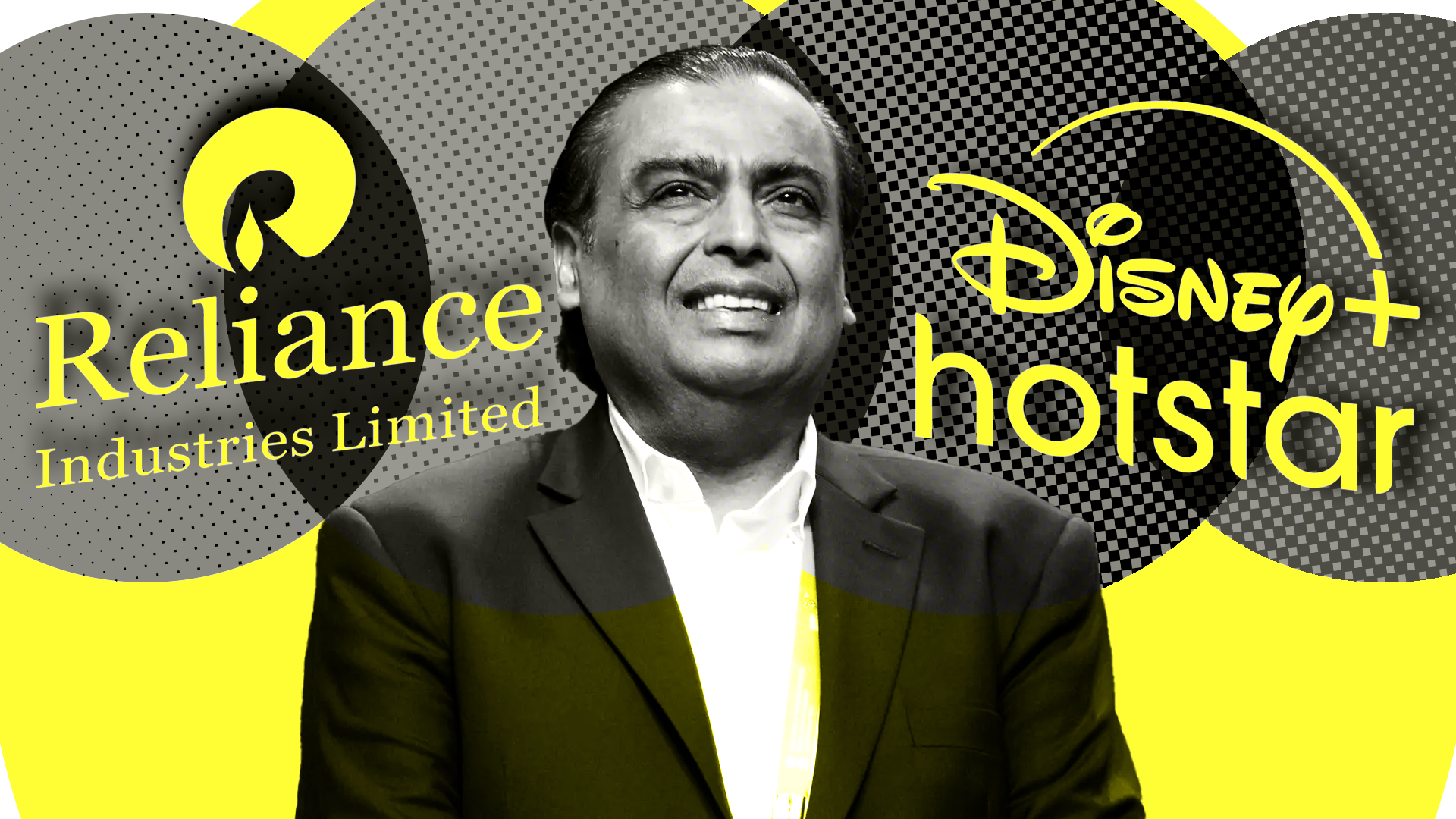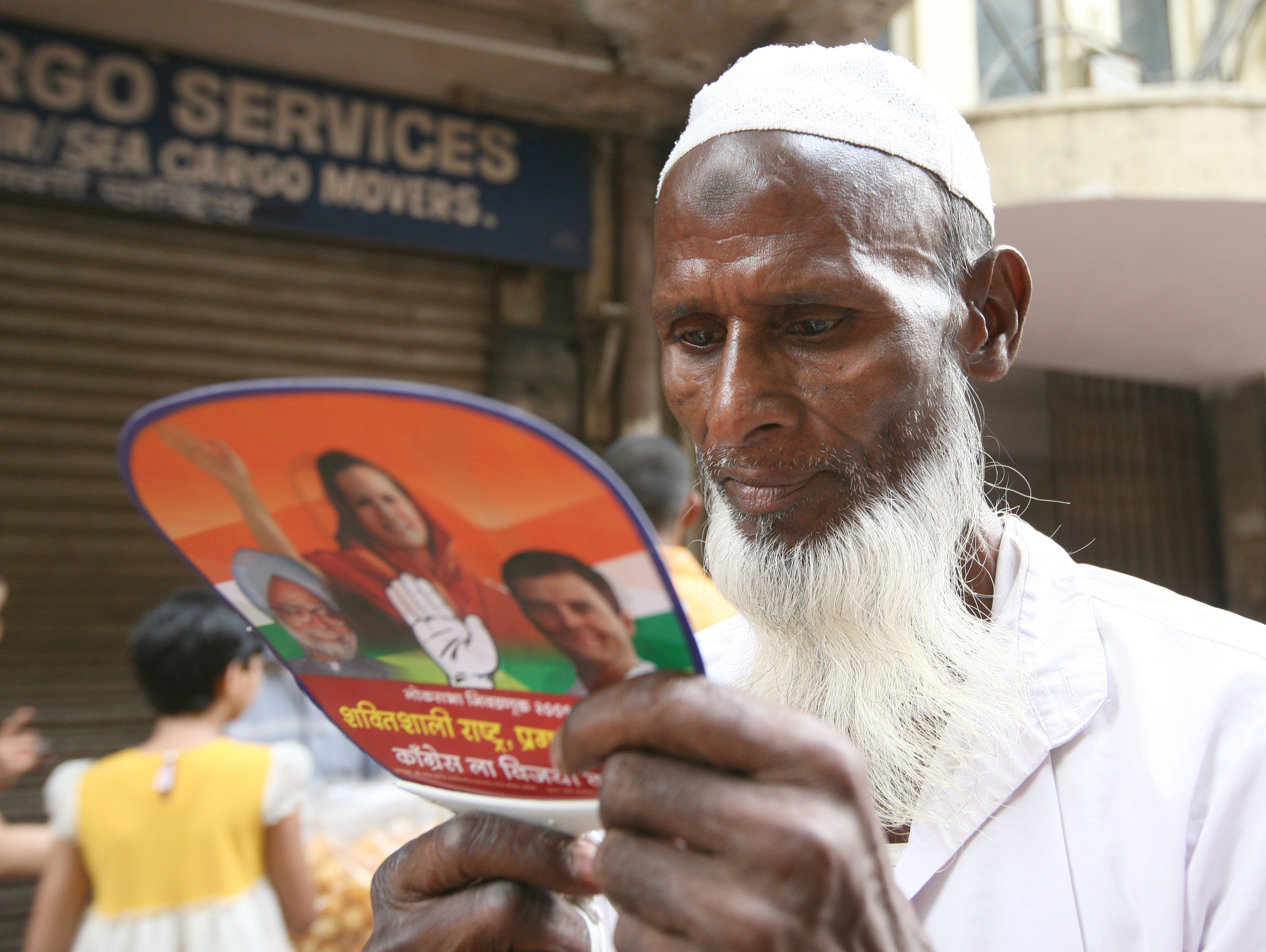Inadequate policy environment, a hostile government and the power of platforms leave Indian online news media struggling for freedom and autonomy.
 Indian Prime Minister Narendra Modi with Facebook CEO Mark Zuckerberg at a Town Hall Q&A session, at Facebook HQ, in San Jose, California. : Prime Minister’s Office, Government of India http://pibphoto.nic.in/photo//2015/Sep/l2015092871325.jpg
Indian Prime Minister Narendra Modi with Facebook CEO Mark Zuckerberg at a Town Hall Q&A session, at Facebook HQ, in San Jose, California. : Prime Minister’s Office, Government of India http://pibphoto.nic.in/photo//2015/Sep/l2015092871325.jpg
Inadequate policy environment, a hostile government and the power of platforms leave Indian online news media struggling for freedom and autonomy.
News organisations in India face a daunting task.
They confront the combined threats of an inadequate policy environment, a hostile government and unchecked platform dominance.
When Bolta Hindustan, a Hindi news channel on YouTube, was suspended by the platform at the start of this year, it was told it was because YouTube had received a confidential takedown order from the Ministry of Information and Broadcasting.
This was subsequently changed to an erroneous suspension as per the platforms’ spam and deceptive content policies.
The channel has since been restored, but this incident illustrates the close ties between the ruling government and online platforms, and the obscure governance practices that qualify acceptable news in the country.
Multiple actors and mechanisms governing online news in India have led to a murky implementation of policies and collusion among the various players to control the field.
Recently, in a fervent victory for free speech in India, the Bombay High Court struck down the establishment of a government-run fact-check unit as unconstitutional.
However, its poorly conceived formulation and rushed implementation via executive routes reveal the deep fissures between government intent and its news media policies.
State (mal)intent
The Indian government controls, albeit haphazardly, different elements of the news industry through an array of digital media policies.
Despite this, online news is treated as an afterthought in policymaking in two ways.
First, the industry endures the stopgap extension of existing policies designed for other forms of media or technologies of transmission.
This is evident in the contentious addition of online news to Information Technology Rules (2021) when the original act was intended to treat the liabilities of search and social media platforms.
Similar efforts were visible in draft formulations of the Broadcasting Services (Regulation) Bill (2023) wherein the government hastily added news in the bill without clearly defining news entities or laying out any nuanced rules for their practice.
In this scenario, the government benefits from unclear definitions and the lack of identifiable logic for the governance of news through non-news-specific policies.
Second, if and when policies are drawn, or redrawn, for the news industry specifically, it is done with the intent to infuse criminal penalties to rein in news publishers rather than address industrial concerns.
This is reflected in the state’s addition of unclear clauses from the Unlawful Activities (Prevention) Act to the Central Media Accreditation Guidelines (2022) and the Press and Registration of Periodicals Act (2023) to control journalists producing news that can be perceived to be against the national or sovereign interest.
More recently, the Uttar Pradesh Digital Media Policy (2024) promised financial support to news creators promoting government activities and criminal penalties for those that publish “anti-national” content.
This hurried inclusion of news in tangential policies (and vice versa) in the name of parity and national security reveals the government’s intent to expand its control without undertaking comprehensive policies addressing industrial woes.
Longstanding concerns about market concentration, financial instabilities caused by intermediaries or media platforms, and threats of political censorship rarely make it to the policy table. Instead, emerging statutory actions expand the governance blind spots concerning news media.
For example, the new criminal codes – Bharatiya Nyay Sanhita (2023) and Bharatiya Nagarik Suraksha Sanhita (2023) – retain vague definitions for offensive speech that have been consistently used as tools of intimidation and in criminal proceedings against journalists in the country.
Similarly, the Digital Personal Data Protection Act (2023) diminishes the already limited protections for journalistic activity and creates barriers to access through overly broad clauses that conflate the interpretation of personal data protection to reject Right to Information (RTI) requests from journalists.
Meanwhile, on matters of growing market concentration and asymmetrical relations between platforms and publishers, the state actors have maintained complete silence or provided mere lip service to the media.
Platform woes
News is also governed by platforms, i.e., the private policies and norms of the search and social media platforms that play a crucial role in online news distribution and consumption.
Indian news publishers, of all sizes and languages, consistently work to ensure their visibility on Google’s search pages, YouTube’s recommendations, Instagram or Facebook’s Feeds, X’s ‘For You’ tab, or networks of group chats on WhatsApp and Telegram.
The need to ensure visibility across platforms is directly linked to the advertising monies accrued per user click or thousand impressions.
The dominance of the advertising model and the reliance on platforms for it have pushed news organisations to a position of subservience wherein they are compelled to abide by diverse platform governance mechanisms.
To gain a chance of success on each platform, journalists adopt distinct strategies: tuning headline keywords, the format of news, the length of the article or video, the timing of posting, and the nature of reportage to match algorithmic preferences.
However, platforms never reveal these key vectors for higher ranking.
News publishers, thus, have to negotiate with undisclosed governance mechanisms while making newsroom decisions, with implications for editorial autonomy.
The struggle does not stop at mastering algorithmic visibility because the eventual advertising revenue is contingent upon platforms’ advertiser-friendly guidelines that lay down expansive categories such as “shocking content”, “controversial issues” and “sensitive events” as unsuitable for advertising.
Therefore, despite the careful packaging of news, platforms can (and do) partially or completely suspend advertisement-related monetisation for news that covers contentious political issues.
This invariably affects the visibility and support for critical news coverage in the country.
Further, the Indian news industry widely depends on Google and Meta’s audience analytics and programmatic advertising infrastructures that place advertisements on their content. The duopoly captures 72 percent of the digital advertising revenue generated in India.
Because of this, publishers have little to no negotiating power with the opaque terms that determine and share advertising revenue.
Indian publishers have flagged Google’s exploitation of non-transparent systems and its market position to the competition regulator, but the case has remained under inquiry since 2022.
Finally, platform governance mechanisms are rarely stable, posing multiple challenges for news publishers striving for financial sustainability at the whims of algorithmic changes and platform decisions.
At the same time, platforms have not shied away from entirely blocking access to news in countries where they fear that regulatory impositions will require them to share revenue with publishers.
Thus, uncertainties caused by platforms’ financial and technical rules exacerbate the already difficult conditions within which news attempts to perform the watchdog function.
Since 2018, the Indian government has made fragmented attempts at bringing online news under a clear policy framework. At the same time, the growing prowess of private platforms affords them the power to financially and technically govern news.
Notwithstanding this vast landscape of combined governance, existing concerns of the industry are not only overlooked but exacerbated due to insufficient policies and unchecked state and platform control.
Simran Agarwal is a doctoral researcher at LabEx ICCA, Sorbonne Paris Nord University.
Originally published under Creative Commons by 360info™.













